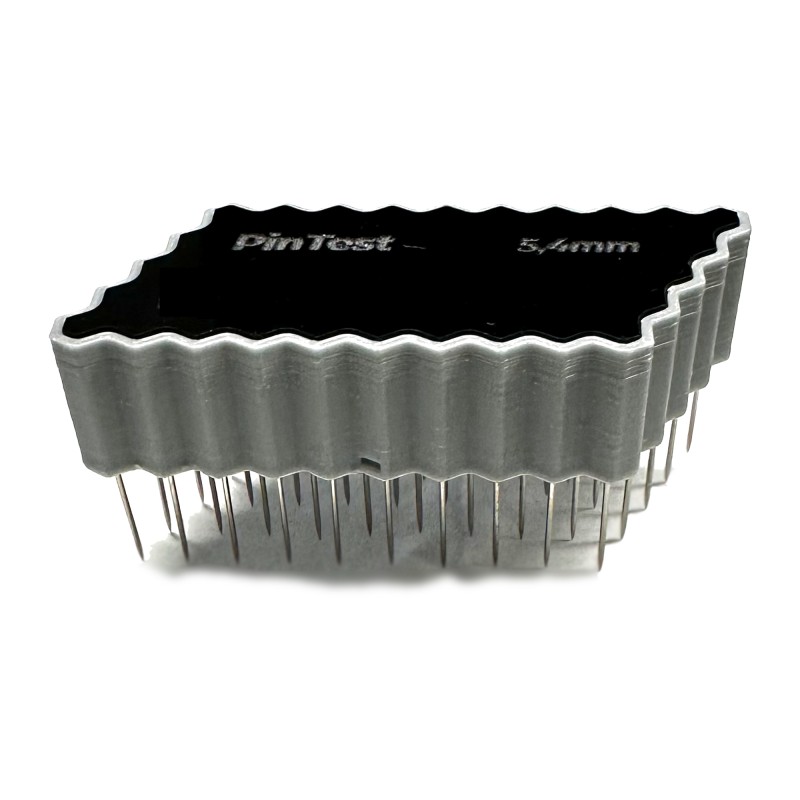






Tool with 50 pins to assess hygienic behavior in the hive. Designed for standard 5.4 mm cells. Ideal for breeding and health evaluation.
When you've been working with bees for years, you know that a hygienic colony is half the battle won against foulbrood, varroa, and other health threats. And if you’ve ever wondered whether your bees naturally exhibit cleaning behavior, this tool is exactly what you need.
Let me introduce the 5.4 mm PinTest: a simple but precise device that we beekeepers use to evaluate the hygienic behavior of the colony. It simulates dead brood in 50 cells by piercing them with 50 perfectly aligned pins that match the standard worker cell size (5.4 mm). In just seconds, you’ve marked a test section of the comb to observe the colony’s cleaning response.
How to use it? Very simple. Find a frame with capped brood, press the PinTest through the opercula, and then mark the area with a Posca marker to easily locate it later. Wait 6 hours and check again: good hygienic behavior is when the bees have removed at least 80% of the pierced brood.
This technique is not only useful for queen selection in breeding programs, but also to detect possible health weaknesses in your apiary. I personally use it every season to decide which queens are worth multiplying. And believe me, the difference shows in apiaries dominated by clean colonies.
Designed for standard worker frames, this tool is robust, reusable, and easy to handle even with gloves. The stainless steel pins are precisely aligned to respect the natural cell structure.
Technical specifications: rigid 3D-printed resin body with ergonomic grip, 50 steel pins calibrated for 5.4 mm cells. Compatible with Langstroth, Dadant Blatt, or Layens frames with worker brood.
An essential tool if you’re serious about genetic selection, natural resistance, and the overall health of your bees.